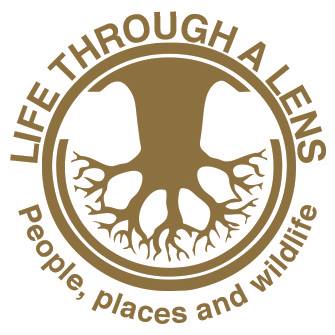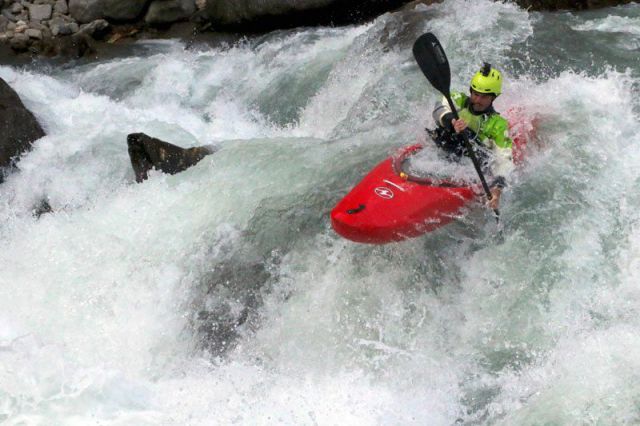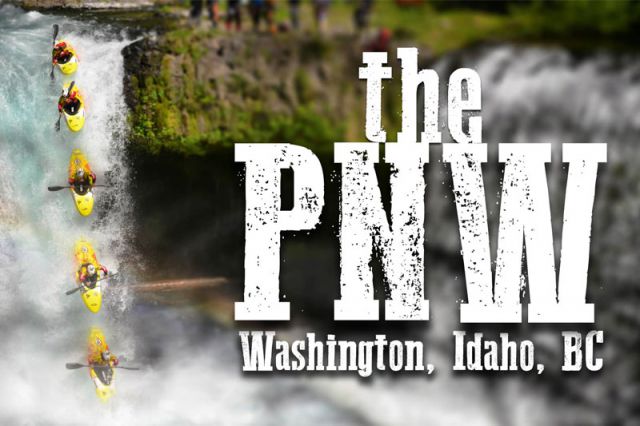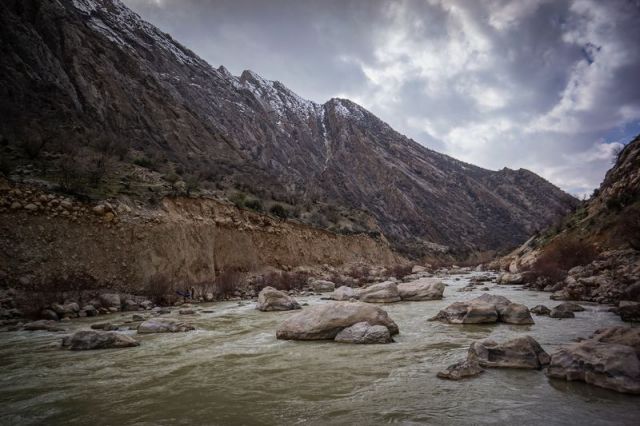Rafting Down the Kunene River with Crocodiles
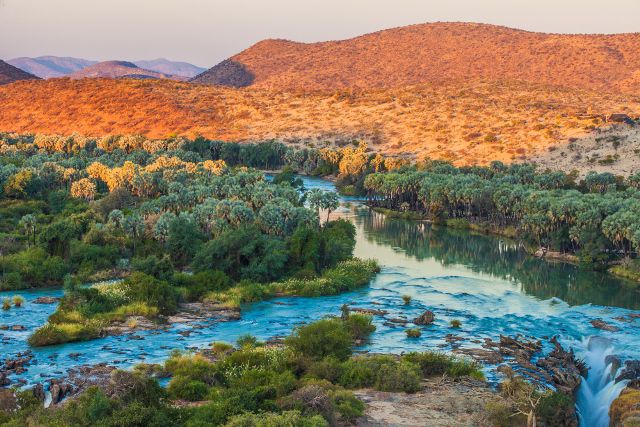
The Kunene River rises in Angola highlands in Southern Africa and then it forms a border between Angola and Namibia. It is 1.050 kilometers (652mi) long and it flows into the Atlantic Ocean. The catchment area of the Kunene Basin is approximately 106,560 square kilometres (41,143 square miles) in area, of which 14 100 km² (13%) lies within Namibian territory. Its mean annual discharge is 174 cubic meters per second (6145 cubic feet per second) at its mouth on the Atlantic.
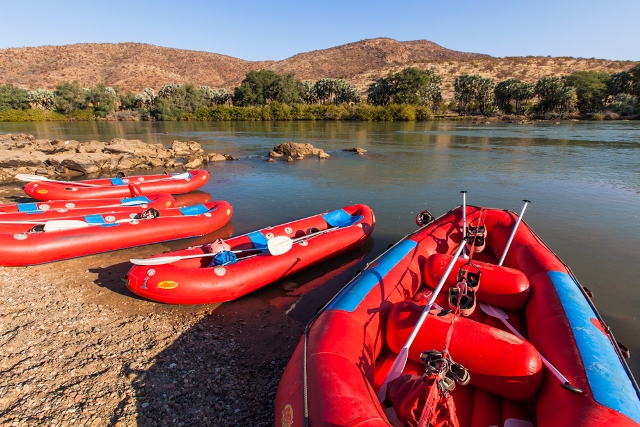
About the authors: Marcus and Kate are a freelance writer/photographer team, contributing stories on travel, conservation and human interest from across east and southern Africa. They just completed a year in Kenya's Masai Mara where they conducted a research project on wildlife tourism and community-based conservation, including working on projects such as Elephant Voices and Living with Lions. They are a Swedish-Australian couple with itchy feet and a love for Africa, adventure and discovery. Here is their raftng story:
Our trusty Land Cruiser was filled with dust as we drove across the rocky mountains of the Kunene Region, as far North in Namibia as we could go. We passed through the last town, Opuwo (meaning ‘the end’ in Herero), and deep into what used to known as Kaokoland or faraway land, then all the way up to the Angolan border. At Epupa the lush Kunene River appeared in front of us like a mirage. A palm-fringed oasis in the middle of the desert.
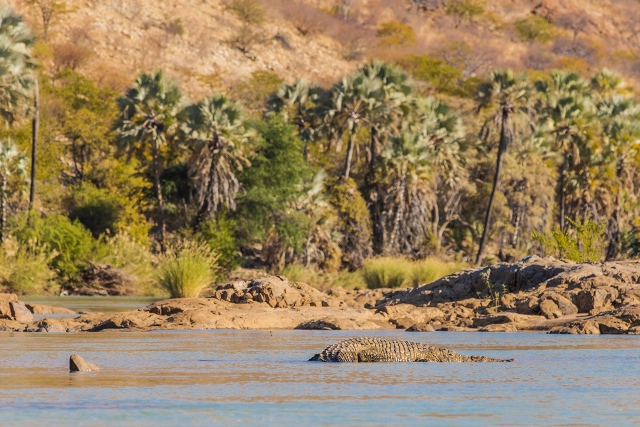
Shaded by Makalani palms and umbrellas, we cooled off by taking a refreshing dip in the plunge pool atEpupa Camp, rather than braving the crocodile-infested river. Feeling revived, we hiked up into surrounding hills to see the river winding its way through the rock-strewn valley until it dropped out of sight at Epupa Falls.
With our guide, Ernest Chuma, at the wheel, we drove along a rutted track in an open top safari vehicle to the river rafting drop-off point. On a sandy beach, we strapped ourselves into life jackets and helmets and jumped into the boats, pushing off into the slow-moving current. Upstream, the rocky gorges below Ruacana Falls create rapids with names like Corkscrew, Fizz Pop and Shake Rattle and Roll, but here the pace was gentler.
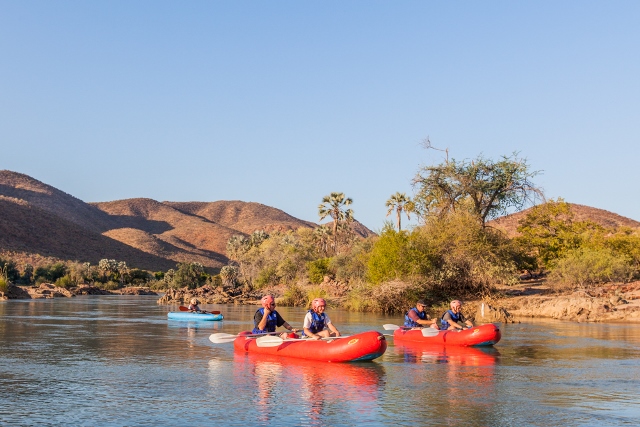
We paddled leisurely down the river past Nile crocodiles sunning themselves on the sandbanks with their jaws wide-open. We had a few hair-raising moments in the rocky rapids, but most of the time we just cruised along with the current, soaking up the tranquil beauty of the river and desert. Lost in thought, we nearly fell out of the boat when Ernest suddenly swung his paddle down right next to our raft: “Just scaring away that croc”, he told us.
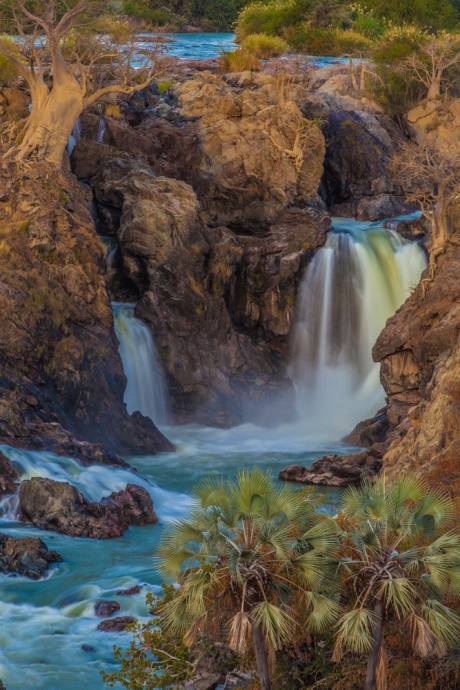
Pulling ashore, we left the rafts behind and walked downstream to watch the sunset at Epupa falls. Dusty from the well-trodden trails, we thought about washing off in one of the natural pools at the top of the falls, where the danger lies more in being swept over rather than crocodile attacks. The rock pools looked enticing, but we’d had enough excitement for one day and settled for sundowners on a hilltop above the waterfall.
Authors: Marcus and Kate
Source: blog.africageographic.com
You can follow Marcus and Kate on Facebook
